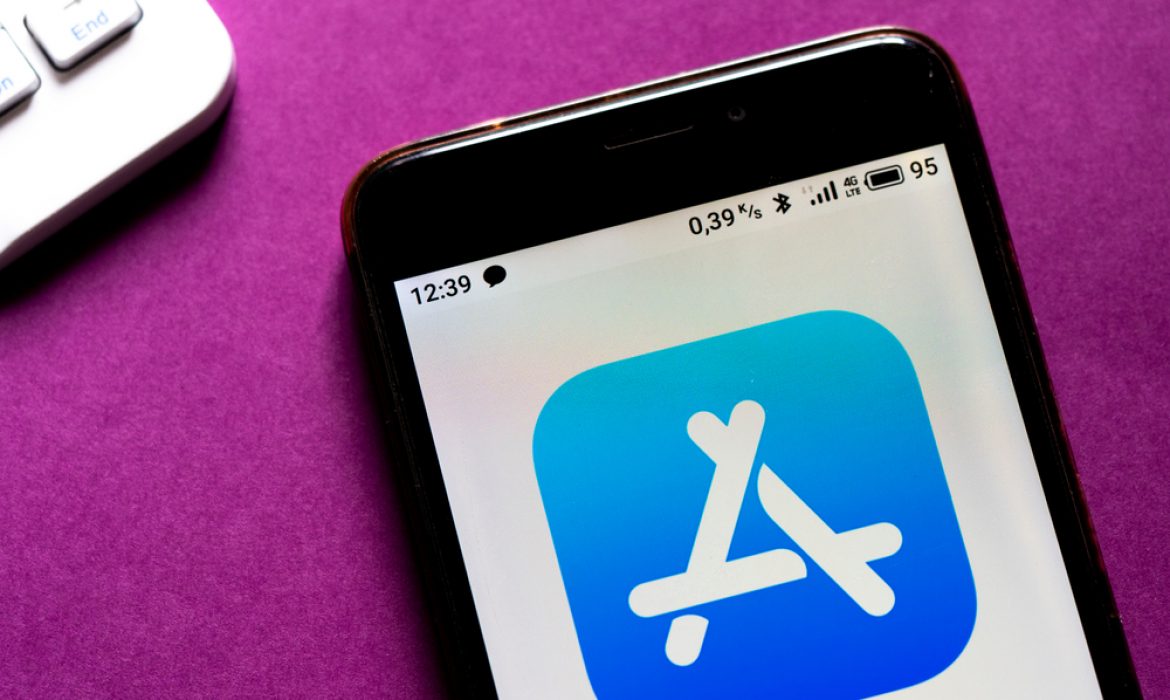Apple’s stronghold over iOS apps is undergoing a seismic shift in the European Union as the tech giant announces a groundbreaking change: the allowance of app downloads from third-party websites. This move, unveiled in compliance with the new Digital Markets Act (DMA), marks a significant departure from Apple’s traditional walled-garden approach, where all app distribution was funneled through its App Store.
According to a report by TechCrunch, Apple’s new directive permits developers meeting specific criteria to offer their iPhone applications for direct download from their own sites to EU users. However, this newfound freedom comes with strings attached. Developers must adhere to Apple’s terms and conditions, including a novel “core technology fee” of €0.50 for each first annual installation surpassing 1 million downloads, irrespective of distribution channel.
Moreover, developers opting for direct web distribution must maintain a stellar reputation, commit to handling intellectual property disputes and governmental takedown requests, and provide customer service—services Apple will not offer for externally downloaded apps. All distributed apps must also undergo notarization to ensure platform integrity.
For end-users, the process of downloading apps from third-party sources introduces additional layers of authorization, aiming to mitigate potential security risks. Initial downloads prompt users to authorize installations directly from developers, accompanied by subsequent warnings about the management of updates and purchases outside the App Store ecosystem.
While Apple justifies these measures as essential for user security, critics view them as “scare screens,” potentially dissuading users from exploring alternatives outside the App Store. The European Commission has expressed interest in scrutinizing Apple’s compliance with the DMA, particularly regarding app distribution and fee structures.
The introduction of web distribution for iOS apps offers developers an alternative avenue to reach users, alongside traditional App Store distribution and the option to host alternative stores on Apple’s platform. However, the extent of developer uptake remains uncertain, with Apple acknowledging that it’s a nascent capability whose adoption trajectory is yet to unfold.
As Apple navigates the evolving regulatory landscape in the EU, the implications of its newfound openness to third-party app distribution will continue to reverberate across the mobile ecosystem, reshaping the dynamics between developers, platforms, and users.


